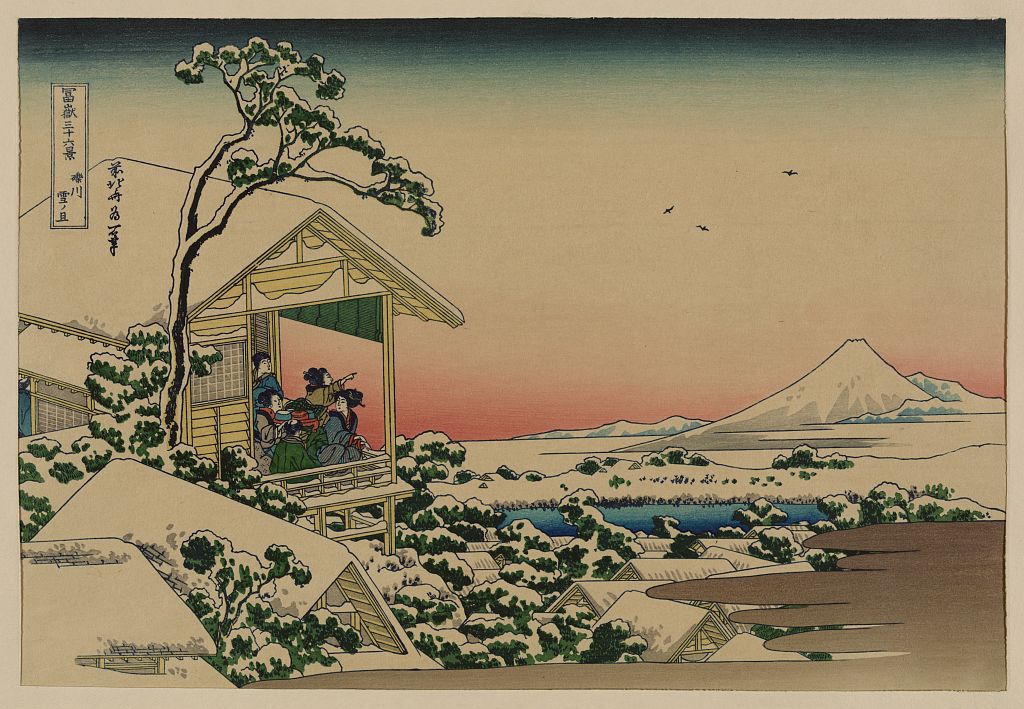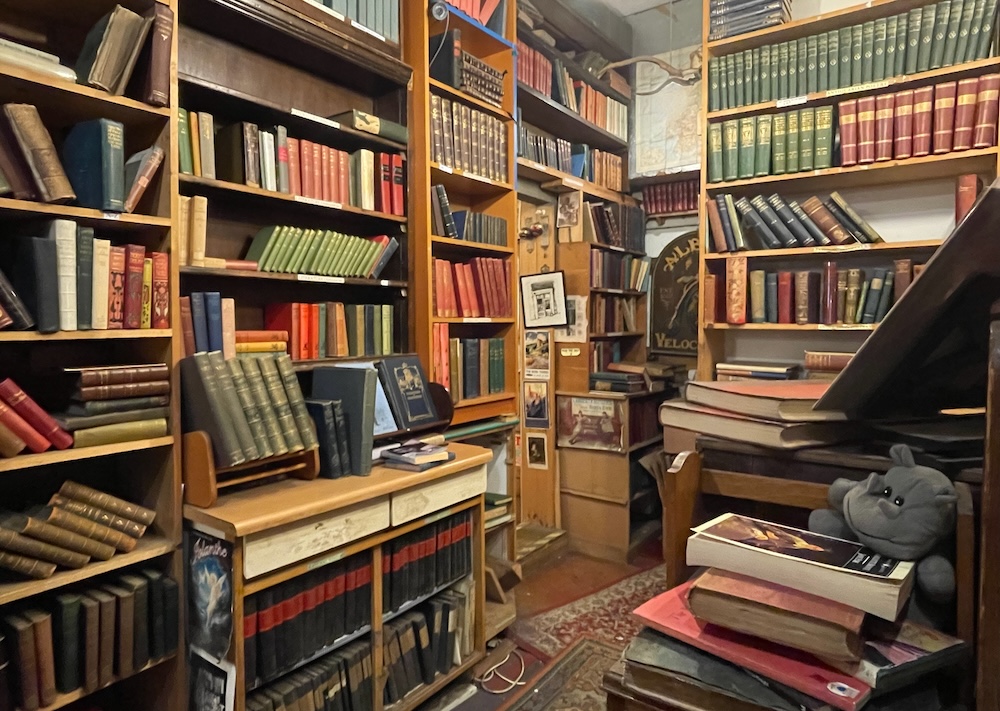
Scotland: Edinburgh’s Best Buses, Boats, Bookstores, and Tour Leaders (ours!)
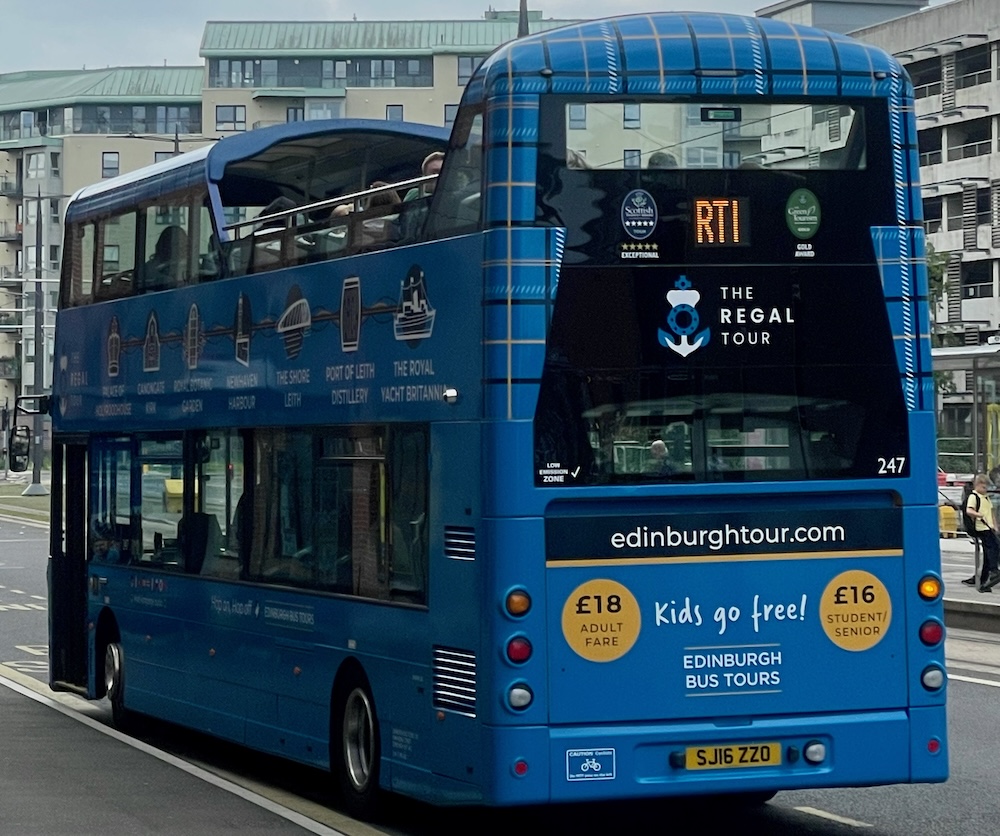
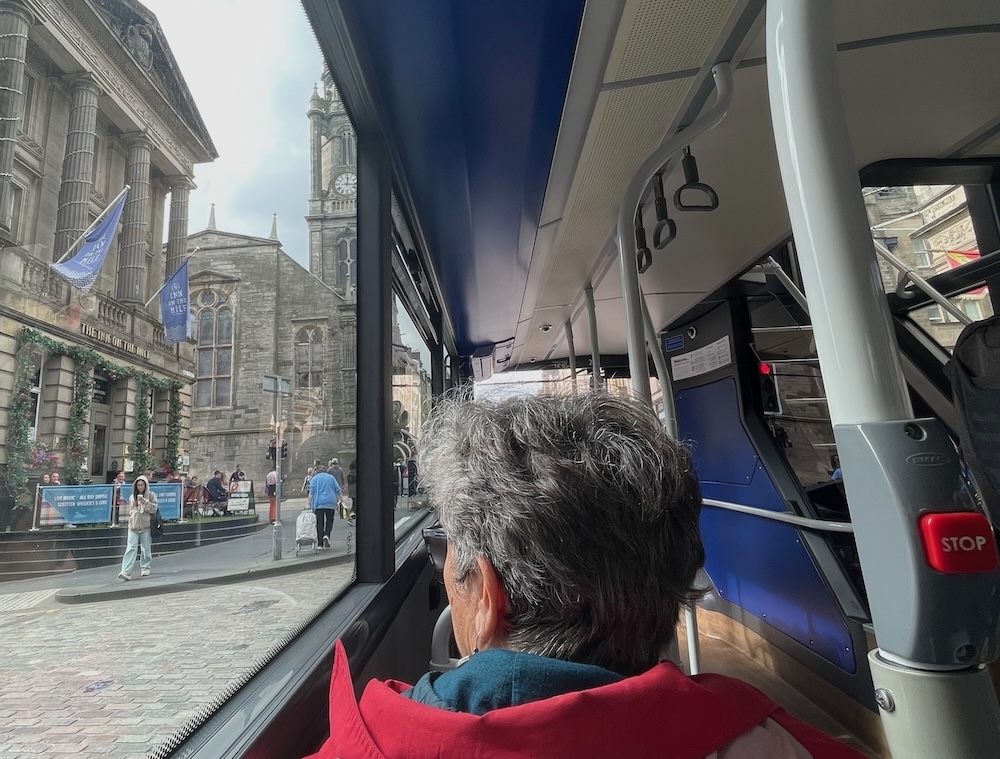
In most tourist cities there’s a hop on hop off bus option: Visitors hop on multi-colored double-decker buses outfitted with live guides or taped commentary, and then hop off to visit top sites. Sometimes hohos work well; often they’re slow or unreliable. Edinburgh’s hohos proved reliable and fast, so it’s no wonder Rick Steves, our go-to travel guidebook writer, recommended them. (note: Edinburgh has multiple hoho bus routes – we used CitySightseeing’s 48-hour option).
In Edinburgh, we called Uber for short trips and to transfer hotels, but we liked the bird’s eye overview of Edinburgh’s parklands and hills the bus provided, as well as its two-mile Port of Leith loop. I was determined to board the Royal Yacht Britannia, moored in Leith; any devoted fan of the TV series The Crown would do the same. (The Crown’s director did not film Britannia scenes on the real ship, but on a meticulously crafted replica).
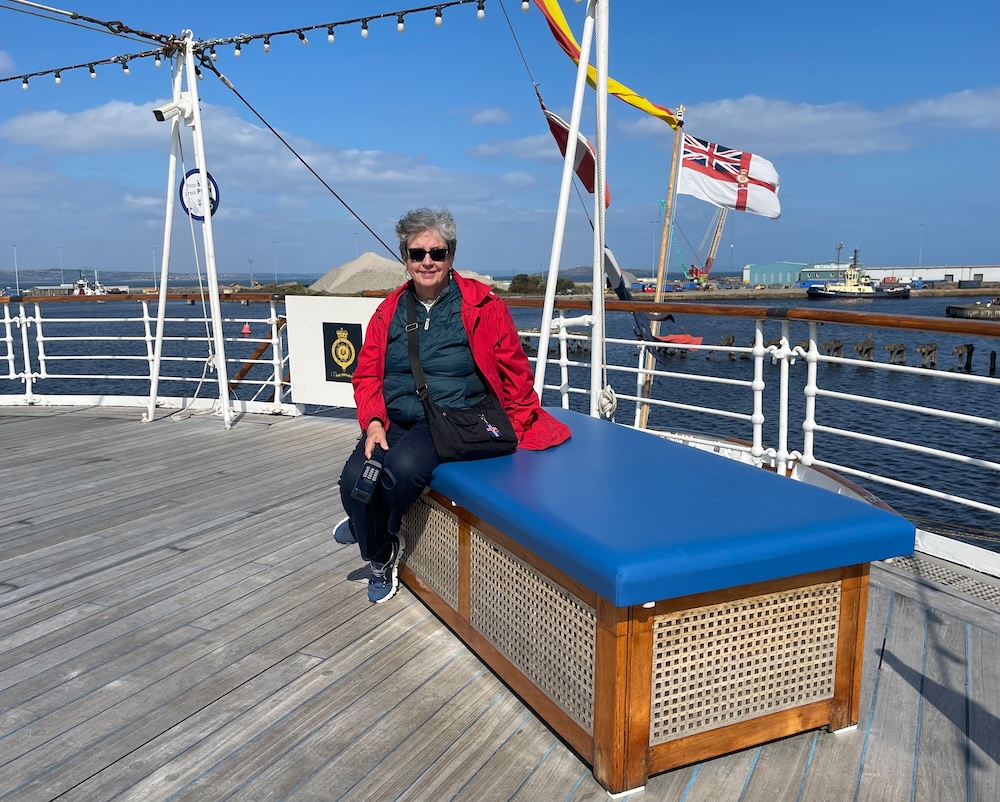
So after our walk down to Holyrood Palace at the very bottom of Edinburgh’s Royal Mile, we boarded Edinburgh’s hoho to take us back up to the top, to Grassmarket the long way around. We enjoyed expansive views from the high-up bus windows, and returned in time for cullen skink as well as shredded sausage pie, mash, and mushy peas. Sounds vile but no, quite scrumptious. (Cullen skink is a smoked haddock chowder.) Tasty meat pies became our go-to, even though our tour guide Annmarie appropriately referred to them as ‘a heart attack on a plate’. Yep.
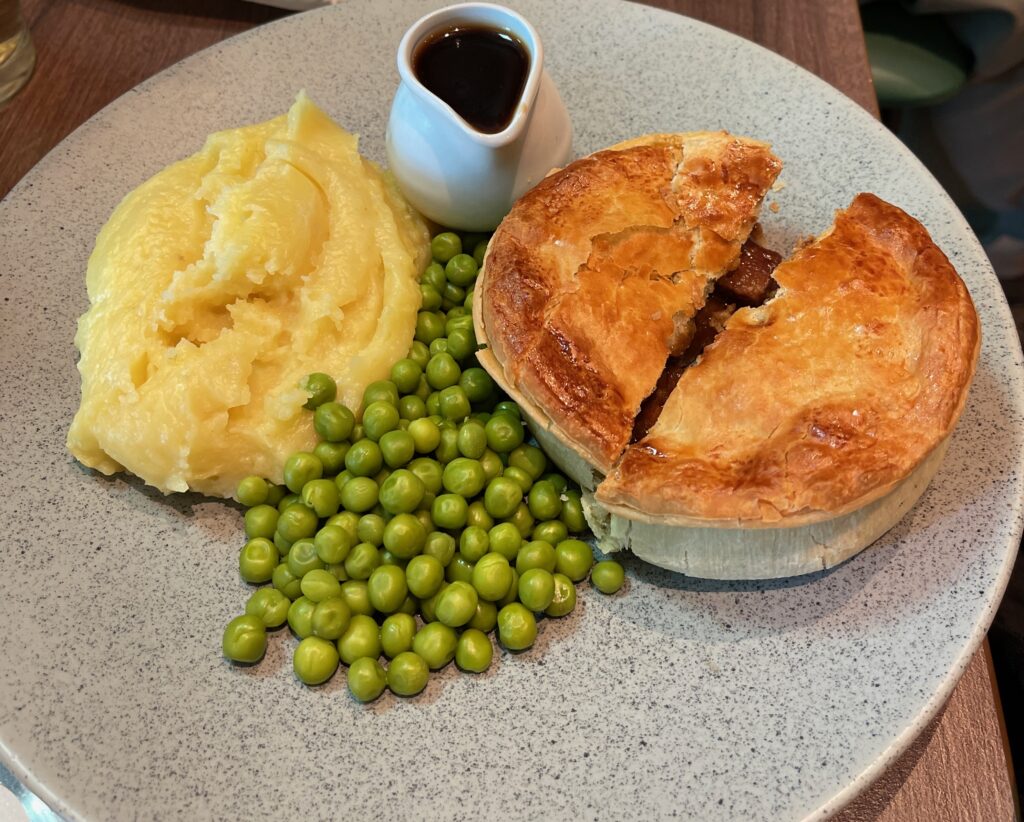
The next day, we hopped on the hoho for the trip out to Leith. Both Padre and I have a thing for ships. For 20 years we happily sailed our 30-ft sailboat around Northwestern waters, so when Queen Elizabeth said she felt Britannia was the only place she could truly relax, we understood. The only time we ever felt sheer terror was also on our boat, of course, with terrors such as potential crashes, sinkings, or running aground always lurking. The Royals had staff to deal with boat disasters but we always had to save ourselves, which we did more than a few times. Yet even today we are tempted to buy every adorable small tug we spot when passing random docks.
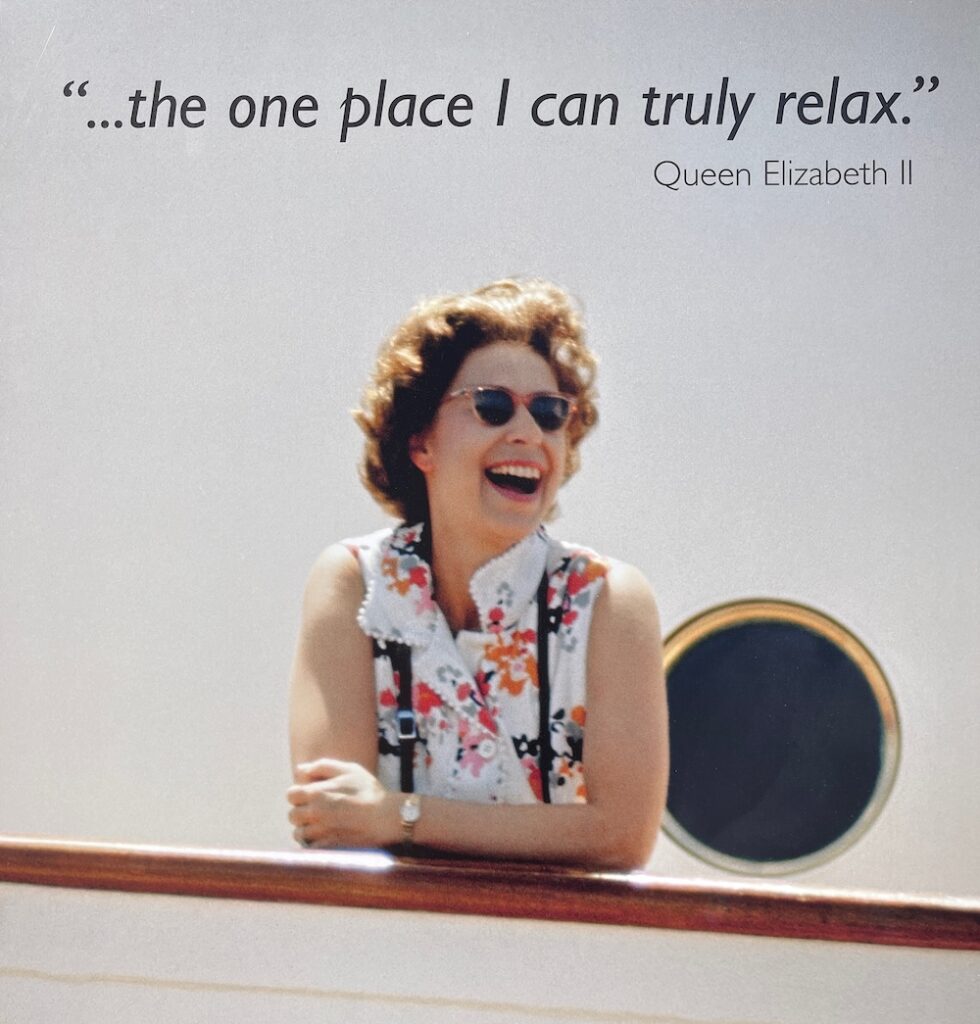
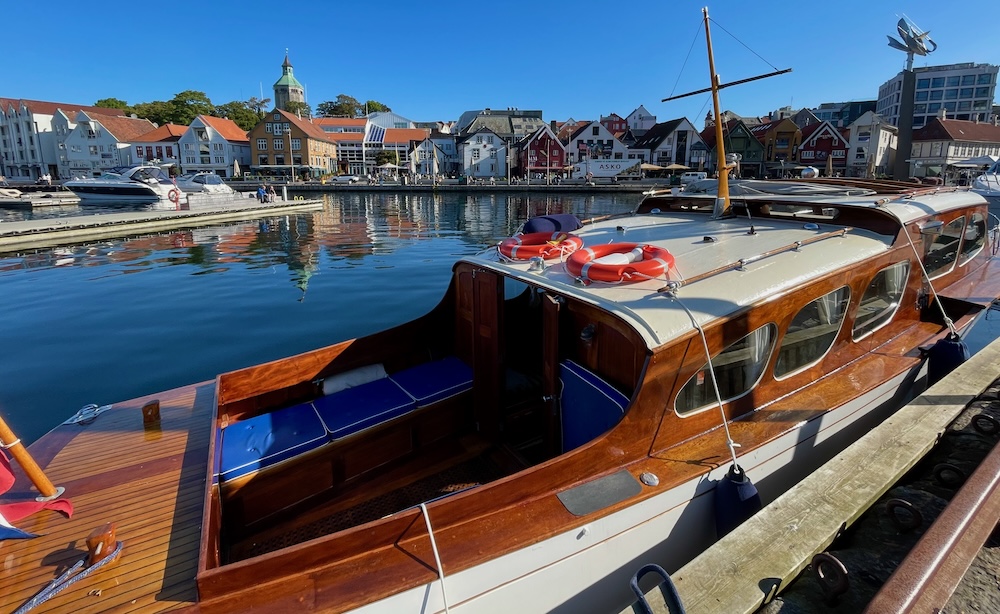
The Royal Yacht Britannia has cozy boat vibes, the same ones we remember from our boat’s mahogany-and-brass-themed cabin where we enjoyed so many happy times. Sure, Britannia came equipped with 45 staff, multiple security forces, a garage, a Rolls Royce and a Land Rover, but still. A ship is a ship, and I flashbacked to my eventful boating childhood the instant we stepped aboard. That familiar diesel fuel smell gets into everything, even the most royal residences.

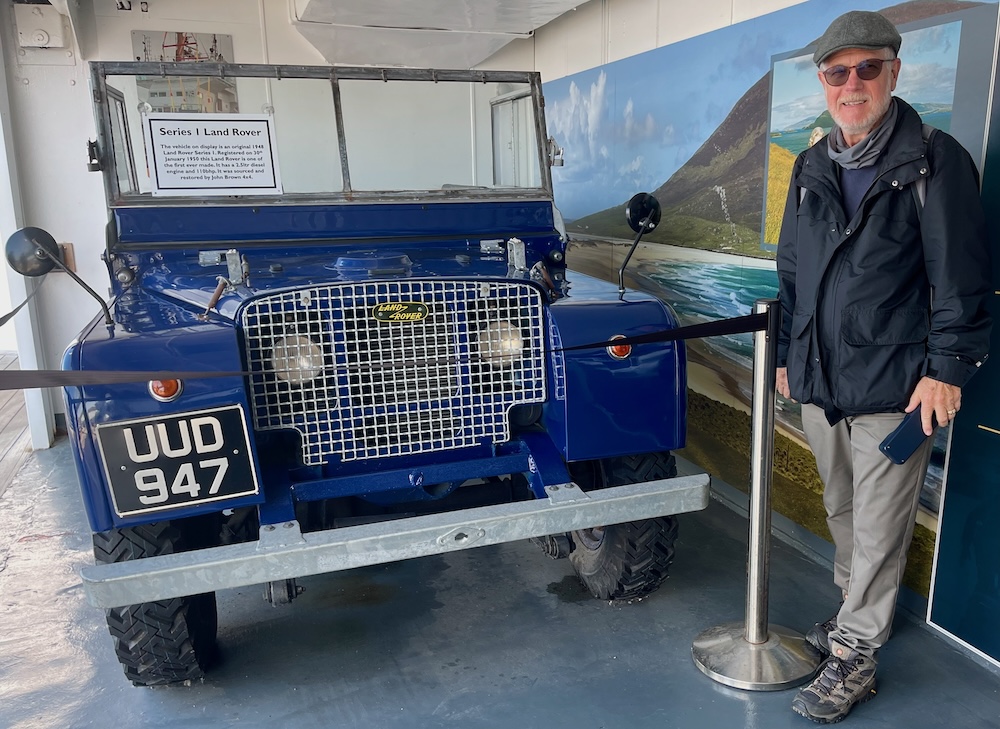

When we toured Britannia’s laundry and learned how much washing went on, we realized that Britannia may have had cozy boat vibes, but this was a ROYAL ship. ‘Royal’ means something else entirely, and life on this ship was nothing like life on our boat, even though both ships used the same type of diesel fuel to run their engines. Turns out that Britannia was a ship in which hierarchy stayed clearly defined, with royalty at the top of that hierarchy at all times.


For instance: One of the reasons the laundry ran 24/7 had to do with how many times officers and staff had to change outfits to match royal events, protocol, and whatnot. Sometimes staff changed outfits 12 times a day; the average was six. Who would have time to work when they’re pulling their pants on and off all the time? On our sailboat we changed outfits, like, never. Unless our outfits were smeared with fish guts.

Elegant banquet settings lined up on Britannia’s long formal dining room table, with enough place settings for a huge crowd. The same baby grand piano that Noel Coward played still sat bolted to the floor of the drawing room. Our sailboat had stereo speakers that didn’t work, and when we sat down to boat feasts we sat our guests at a teak fold-down dinette table set with plastic flamingo stemware. We also told them they could use only one square of toilet paper per flush. Even then, it all felt royal to us, so maybe this royalty thing is just a state of mind? (oh, and money. I forgot about the money.)
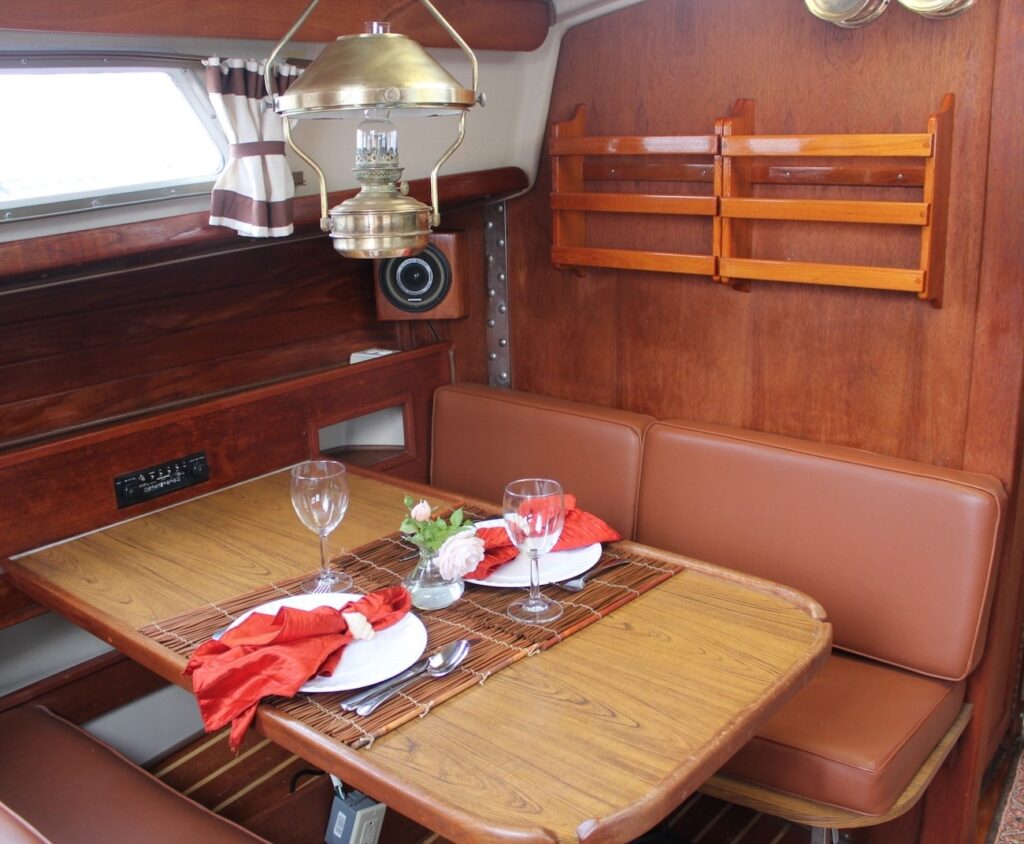
The Royalty staterooms were also set just so. Of course they were; we’ve heard that King Charles has an attendant squirt exactly one inch of toothpaste on his toothbrush for him – no more, no less. It’s not the exactitude that’s disturbing, though…it’s that someone else does it for him, every day. Kind of weird. If I did that for Padre he’d think I was mocking him, and he would be correct.

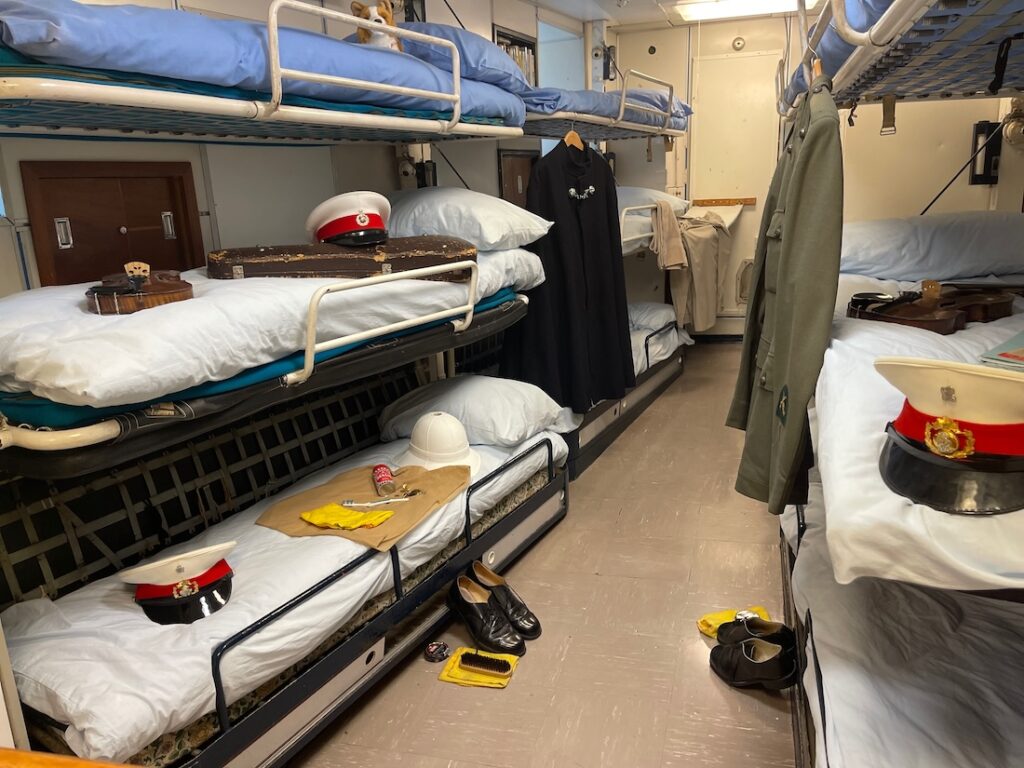
We did love the Britannia, though, especially the expansive back deck where the royals relaxed, and the Admiral’s bridge. We also eyed Britannia’s ‘extra’ boats with envy; gorgeous gleaming mahogany masterpieces, kept in tiptop shape to this day.

The next day we had just enough time to take one more hoho ride to Scotland’s National Museum, where we met Dolly the Sheep, the first cloned animal, who looks great now that she’s stuffed. We marveled at the 30-ft tall Millenium Clock, which creaks into motion every hour on the hour. Its four separate sections represent the turmoil of the twentieth century, and the skeletons, evil monkeys, and other ominous symbolic creatures move in sync to a minor key Bach concerto. Is it designed to help us reflect on our losses over time? A comment on a century of time wasted on wars and killing? Or something else? We could have studied this message clock for an hour or two, but had to move on.
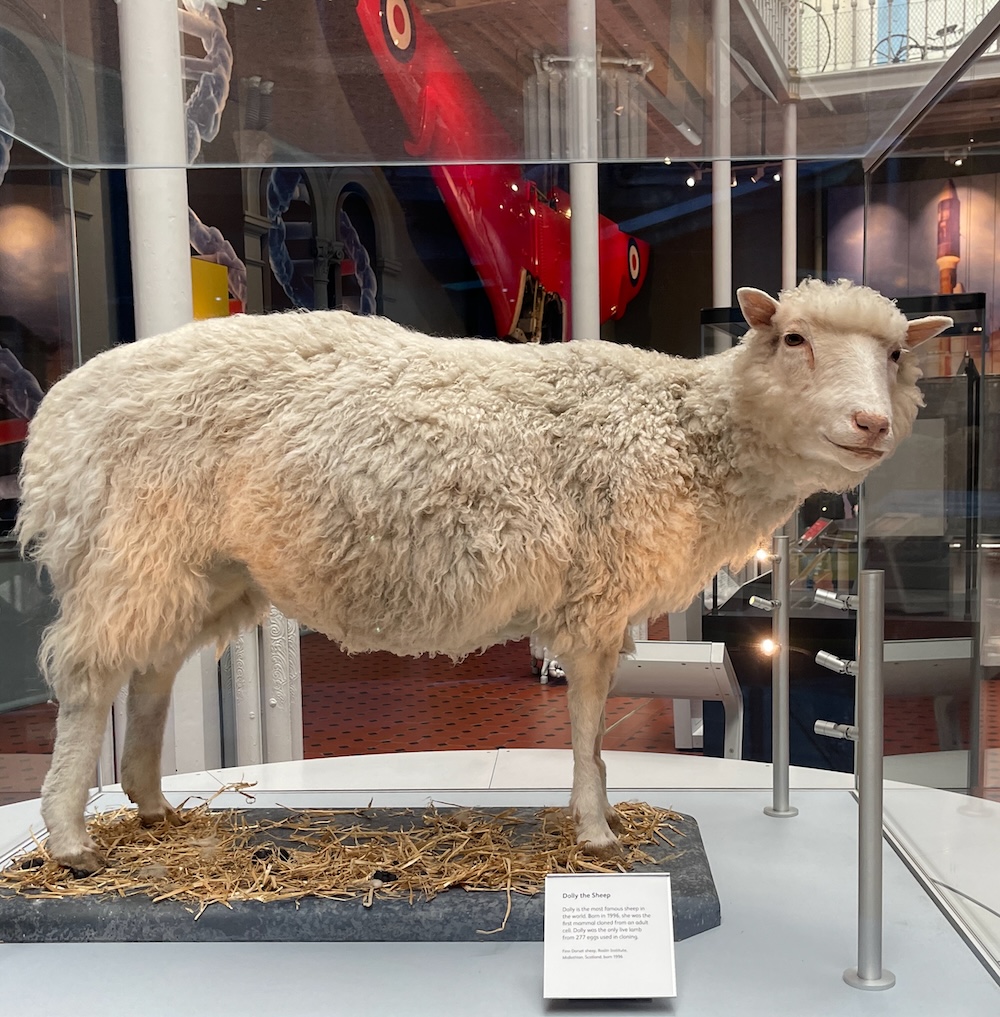



The museum is stuffed to its rafters with historical relics, from King James I’s nursery cradle to the Scottish Maiden, a beheading machine, to real thumbscrews and other implements of torture used during Scotland’s frantic witch burning craze, to an Argyll motor car to aircraft swooping down from the ceiling, and much more. One could easily spend days here, but I went in hunt of what I came to see: a nineteenth-century Jacquard loom from the Lanarkshire District. And I found it.

When I began this trip blog I wrote that I was busy researching a relative, one Anna Shaw. Anna emigrated to Canada in the early 1800s, married my great-great-great grandfather, birthed my great-great grandfather, and then disappeared (I suspect she died young, during a local cholera outbreak or in childbirth perhaps). Further sleuthing turned up a clue; She may have emigrated from Glasgow, from the Lanarkshire District, with her family in 1821. The man I believe was her father, John Shaw, emigrated aboard the Earl of Buckinghamshire, sponsored by the Paisley Society, a weavers’ organization that helped struggling weavers leave Scotland due to the collapse of the weaving industry.
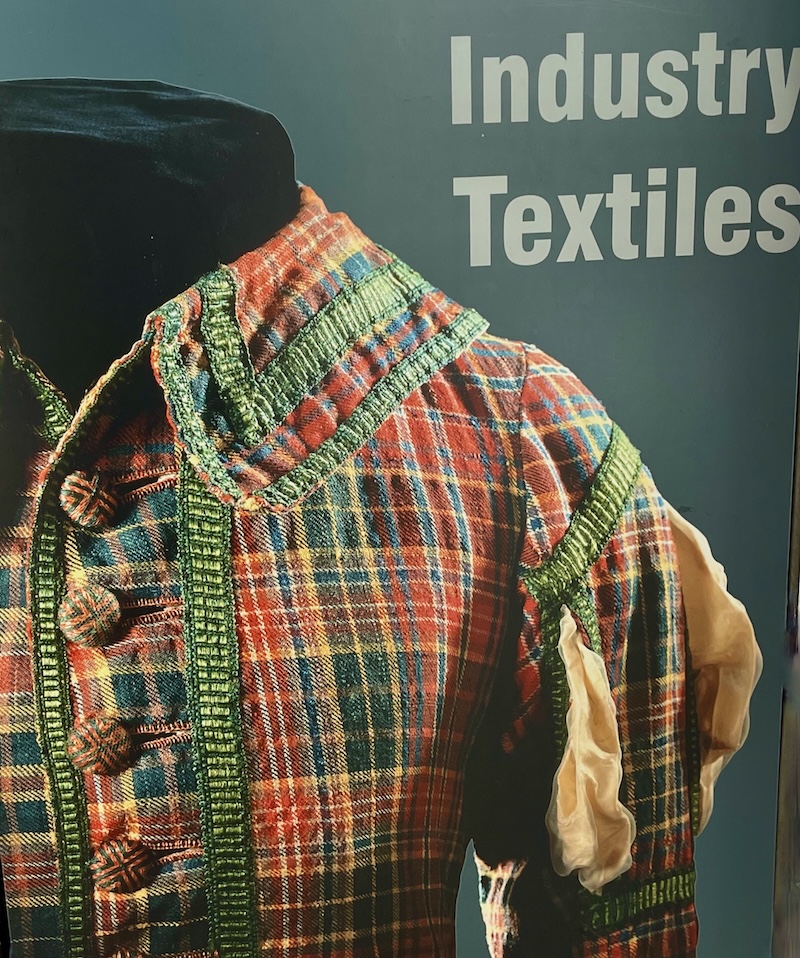

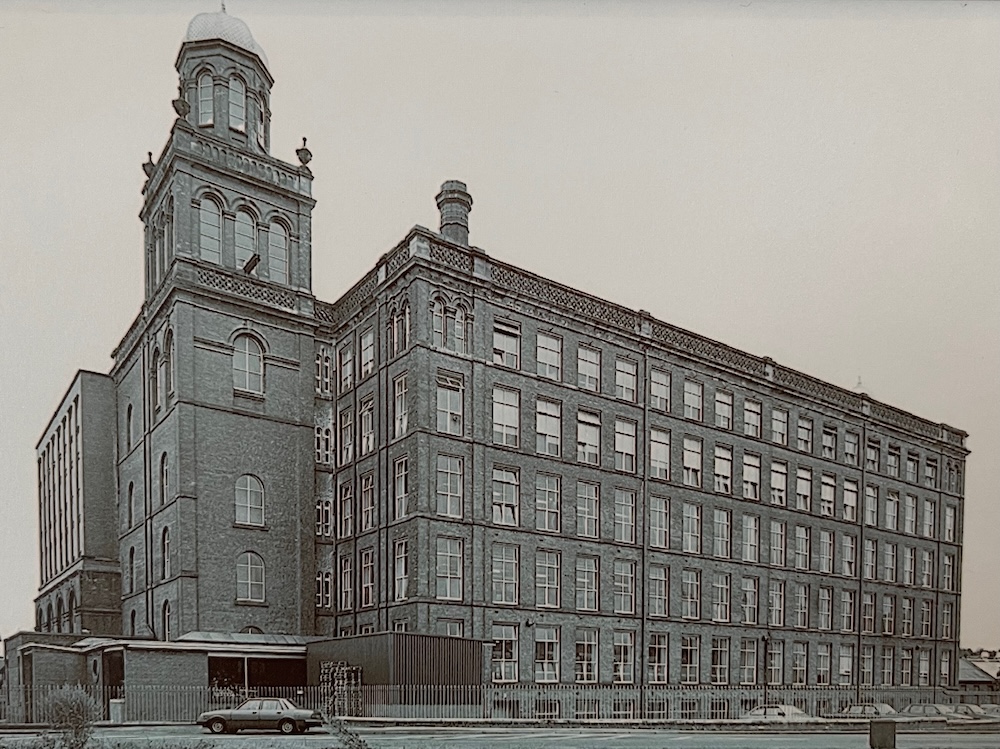
I didn’t find any further clues about Anna and her family at the museum, but I did learn crucial background on Scotland’s weaving industry. This background explains why so many Scottish weavers left for America, Australia, and far flung destinations in the 1800s. The shift to mechanized weaving made handloom weavers like John Shaw irrelevant. Weavers were desperate to find ways to earn enough to support their families, and Shaw transformed himself into a Canadian dirt farmer. Quite the midlife career switch! When John left Scotland in 1821 with his family in tow, he joined one of the early waves of emigrant Scots, as the Industrial Age ramped up and eliminated centuries-old ways of living and working.
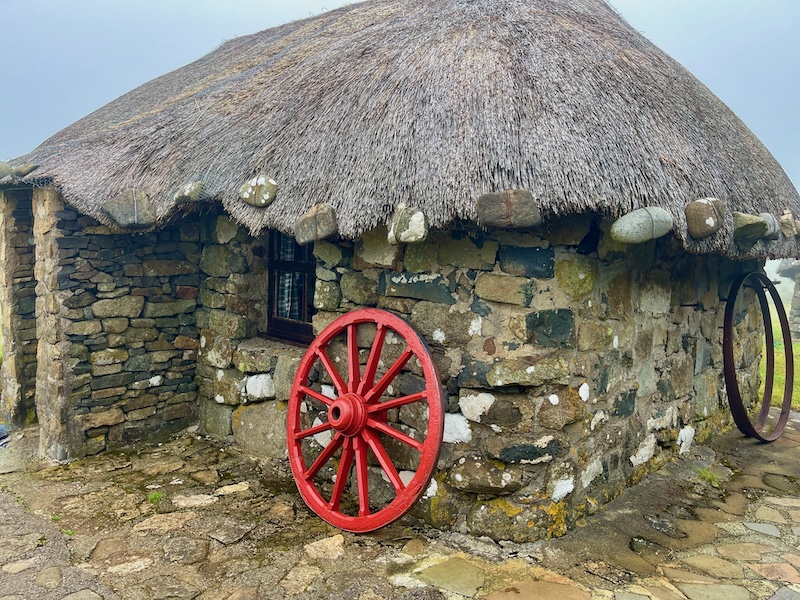
I still don’t know if I’m right about my ancestor Anna Shaw, but I’m fascinated with the ‘why’ behind one of history’s largest migration movements. People do what they have to do to survive, and I wished Anna could know how well it turned out, over two centuries later. I wish all my Scottish ancestors could know how well it turned out, because before this trip I didn’t know I had three other Scottish ancestors on the family tree, including a fierce kilted highlander who fought against Oliver Cromwell in the 1600s. Cromwell shipped his prisoners of war overseas and sold them into indentured slavery, so this ancestor of mine did not emigrate the traditional way. More on that later in the trip, but now it’s time to introduce the rest of the players on the Bus Tour leg of our journey.
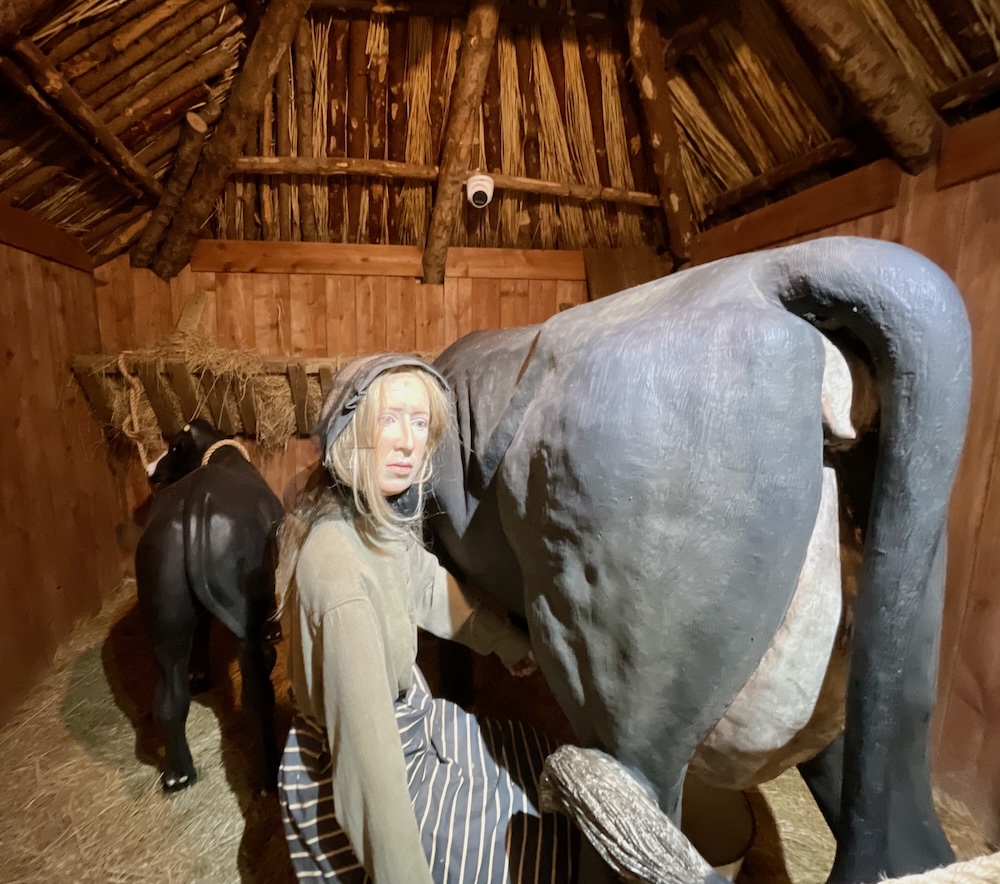
Along with our good friend Pat, who met up with us in Edinburgh, we joined 30 other travelers for our Gate 1 Travel bus tour, a huge group compared to our first two trips. (We toured Thailand with 11 others, and Egypt with 14). We came back for a third try because we appreciated how well-managed, reasonable, and memorable the first two trips were. A group of 33, though? Would that be too many people?

At the very least, we wouldn’t have to drive. It’s quite a relief to let someone else manage the considerable details of overseas travel, especially the driving, and especially someone like Graham, our George Clooney look-alike bus driver. As we observed Graham navigate Edinburgh’s city streets, we did not regret our loss of driving autonomy in any way. Whew.
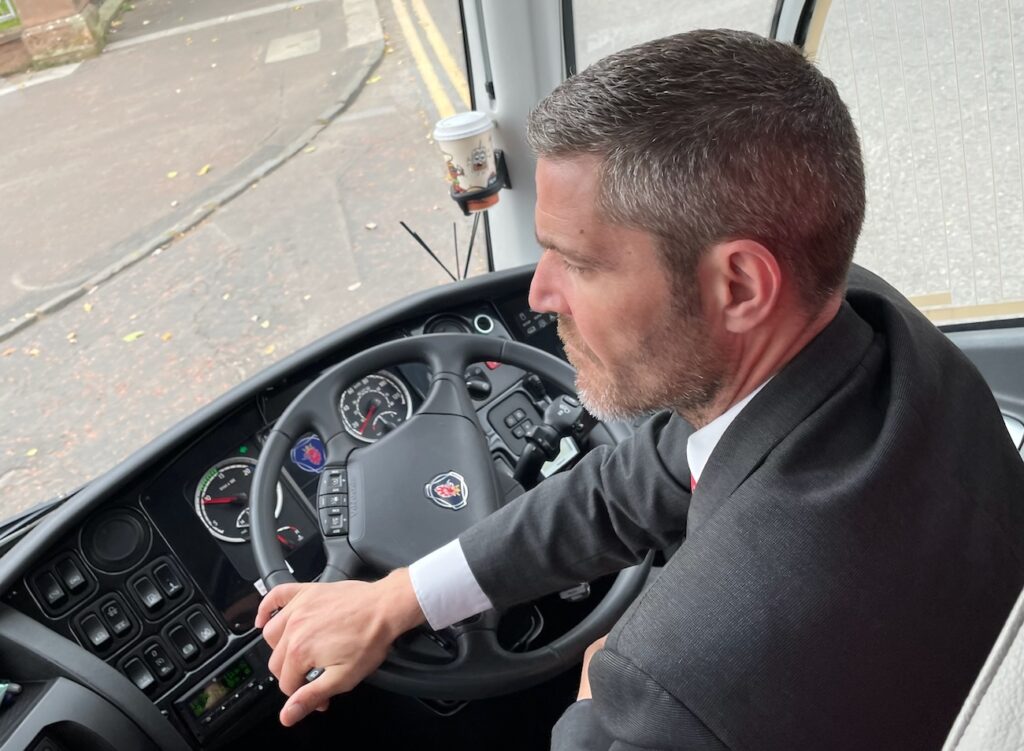
But 33 other people, though? That could be problematic. While we’ve made lifelong travel friends during trips, we also had one traveler on our Thailand trip who turned out to be an absolute pill. The rest of us bonded in our attempts to deal with our one bad actor, though, and it turned out to be one of our best trips ever. So sure, hell can be other people, but on the road other people can also be our saving grace. So which would it be on our Scotland trip?

When we met up for dinner with our large Scotland group, we sat in the back of the restaurant and couldn’t hear a thing over all the chatter. So it didn’t start out well, but we reserved judgment, and good thing we did. Turns out the people in our group were considerate, on time, and nice. Just nice. We didn’t spot a pill among them, which is remarkable when you think of 33 people tossed together in a bus for two weeks.

Much credit for how well things went goes to our guide Annmarie, a native Scot with deep knowledge of Scotland’s environs. She proved as expert and skilled as our first two guides. Don’t know where Gate 1 finds such great trip leaders, but we’re fortunate they do.
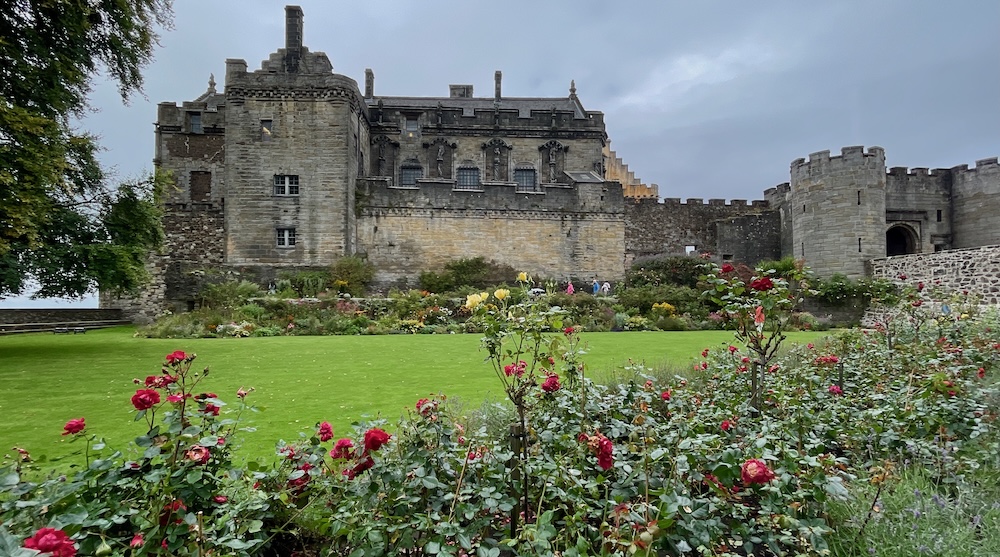

So Annmarie had all 33 of us up and seated on the bus, ready to go, the next morning after a substantial buffet breakfast, for our Edinburgh city tour. In case you’re wondering, we seldom had to stay with the big group once Annmarie loosed us upon a castle or small town. For example: once we had audio guides looped around our necks, we took off to discover Edinburgh Castle’s secrets, find the ghosts, and learn more about Mary Queen of Scots on our own. (Mary’s my current obsession.) Was the baby skeleton found bricked up in the castle walls in the 1800s really her dead son, James VI? Did Mary swap out a live infant for the dead baby James, to ensure succession? Wouldn’t that be wild, if it really happened?
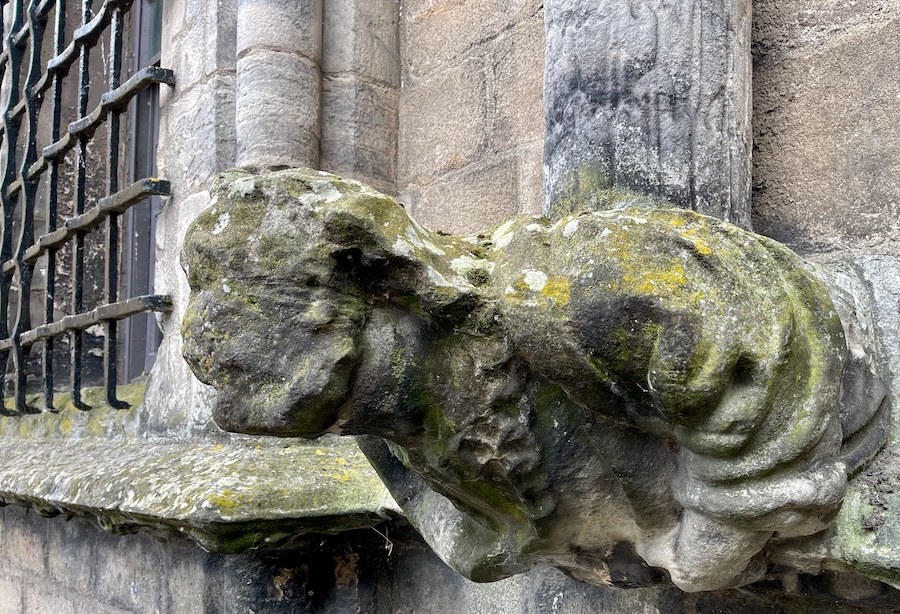
Who knows? It very well might have happened, even though most historians pooh pooh the idea. When I read the experts’ justifications for why it just couldn’t be, though, they weren’t all that convincing. My conclusion? We’ll never know, but the remains of somebody’s dead baby sat hidden in those stone walls for a couple centuries. Now there’s a history story for the ages, or at least for Netflix. (I’m sure it’s been done already…..)
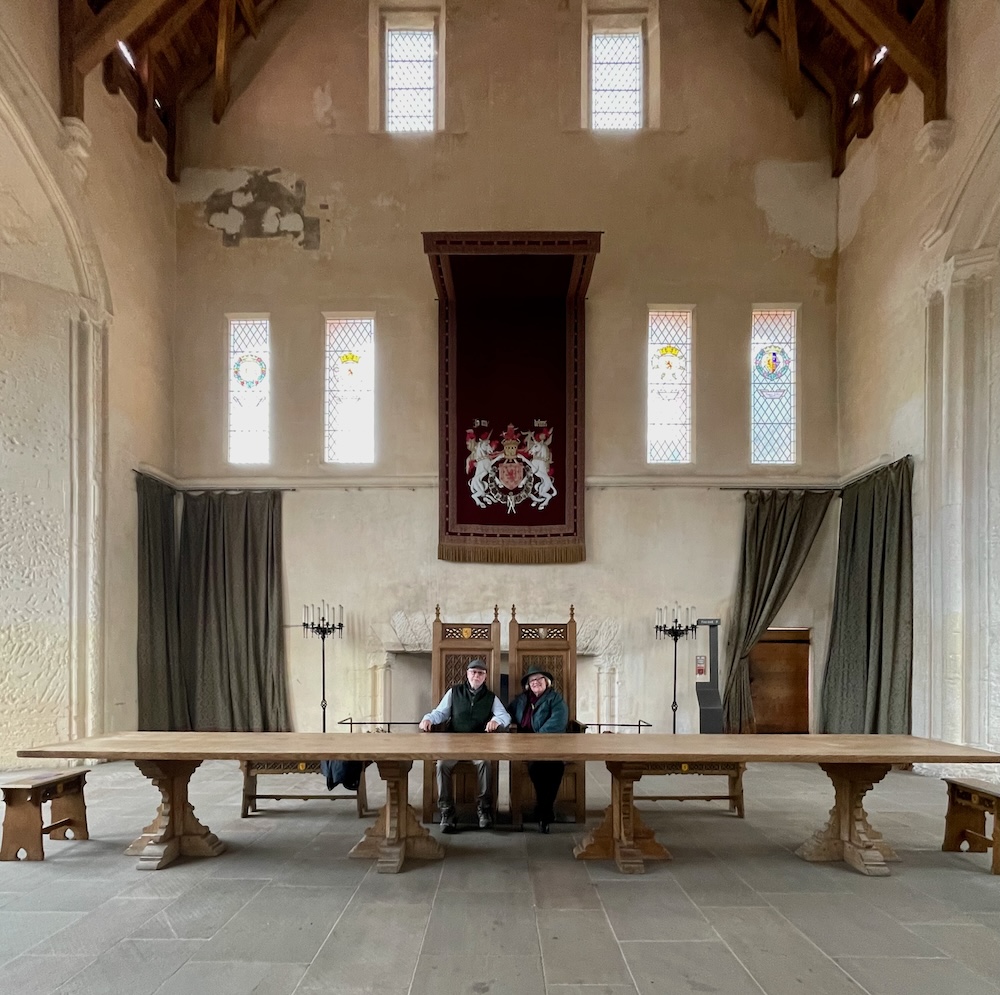

And there were so many more stories, of grand feasts and castle sieges, where attackers literally scaled the vertical rock face of Edinburgh Castle. After looking UP those walls from our hotel, then DOWN those walls from the castle ramparts, I marvel anew at our ancestors’ pluck and courage. How on earth did anyone do such a thing? And by the way, how did our ancestors manage to pick up, sail away, move on, raise crops, and take care of multiple children, who eventually led to me? I can’t imagine having to live such a life myself, so let’s hear it for all our courageous ancestor/immigrant forebearers. We owe them.
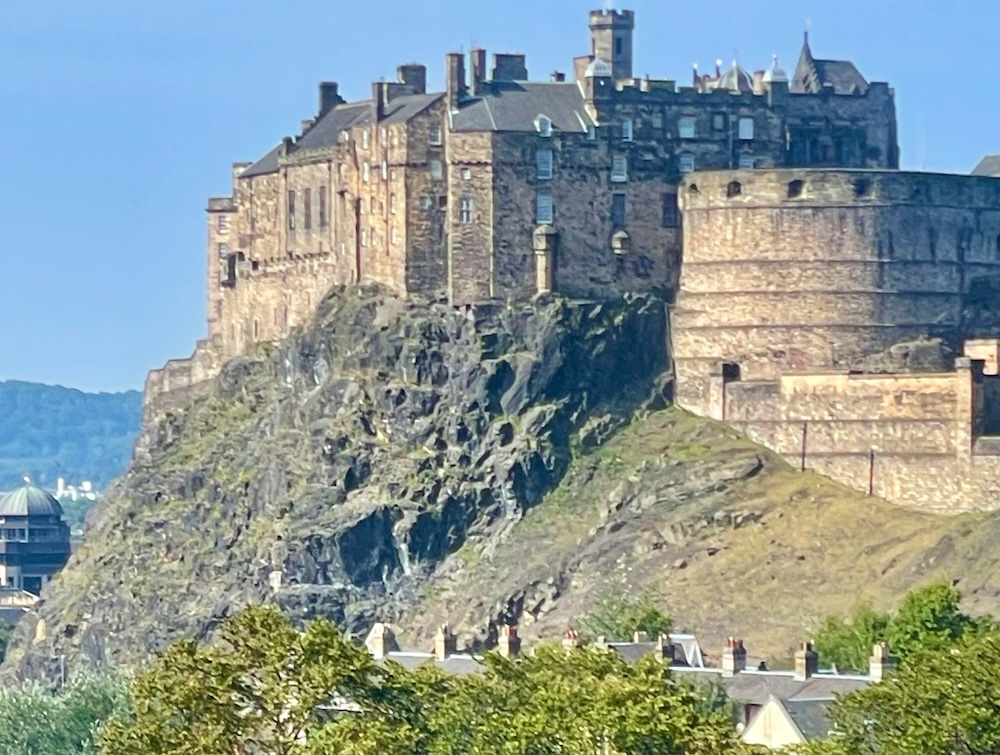
So I had no idea how much Scottish ancestry I possessed until I researched it for this trip, but it makes sense now: The red-gold hair, the book fanaticism. Scots seem to be some of the most book-loving people on the planet, and I arrived in Edinburgh with a bookshop list, of course. So our last stop before we left Edinburgh: A treasure of a bookstore, just around the corner from our hotel. (fyi I found soooo many more delightful bookstores as we travelled through the misty Highlands and points north. Maybe I should just live in a bookstore? Of course the kids would say we kind of live in one already….).
How could this one not be the best bookstore anywhere on earth, Armchair Books, when they describe themselves this way?
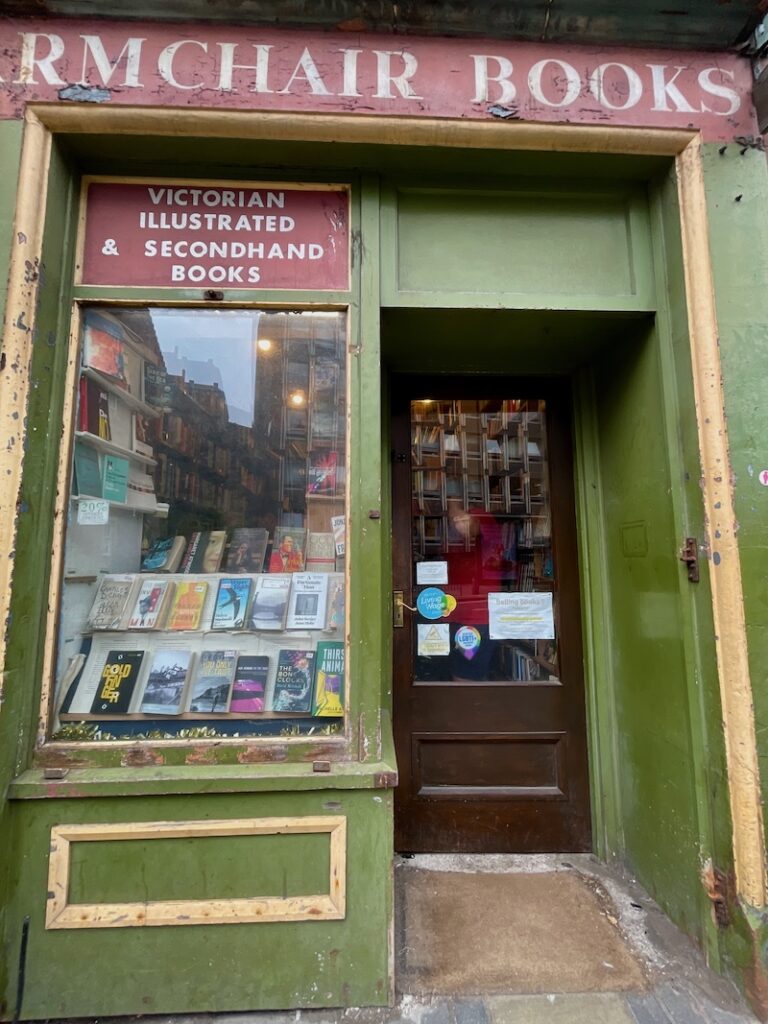
Very nearly alphabetized chaos: Armchair Books ekes out its intense and blustery existence on Edinburgh’s hallowed West Port…ancient home of booksellers. In view of the castle, above the Grassmarket, it bakes under the torrid Scottish sun. The dangers are manifold; our overburdened shelves groan like masts in a squall, our threadbare and quasi-oriental rugs may distractingly catch the eye or foot. Books in the window may spontaneously burst into flames, and the Managers must be kept locked in at all times… Sporadically under feeble but sinister attack by the government, we struggle under goad of Fear, towards Beauty.
I tripped over the rug in the midst of the alphabetized chaos, and couldn’t have been happier to just stand there gawking, soaking in all that bookish wonderfulness (the clerk seemed used to gawkers).
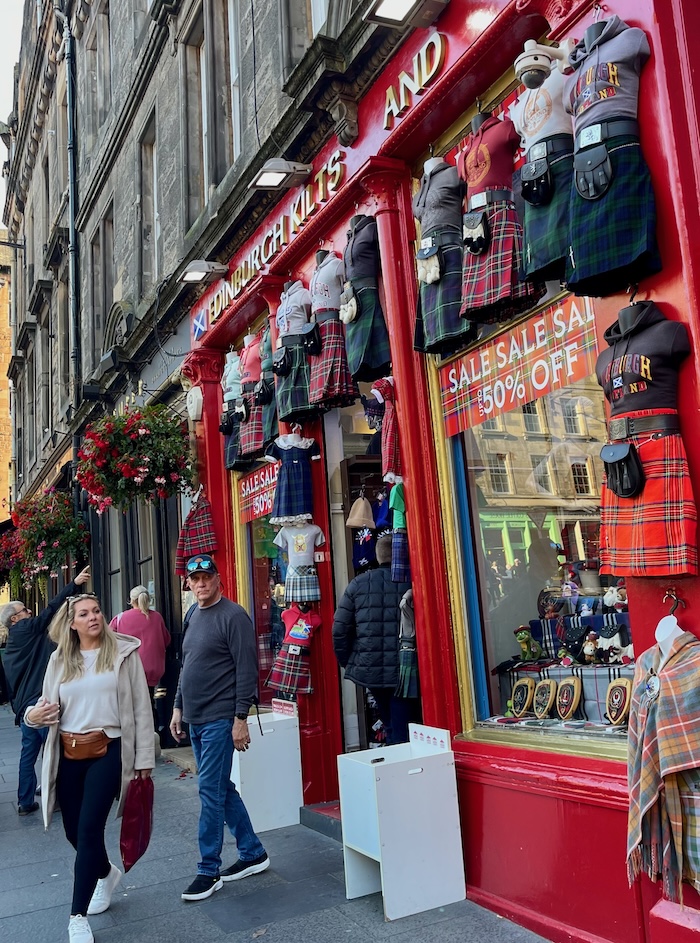
So next, we headed North in our big bus, with Annmarie, thirty very nice people, and Graham our George Clooney look-alike bus driver. We’re off in search of more castles, ancestors, and the Loch Ness Monster* (*we saw that guy! We did!)…..and much much more. More very soon….thanks as always, everyone, for following along.



